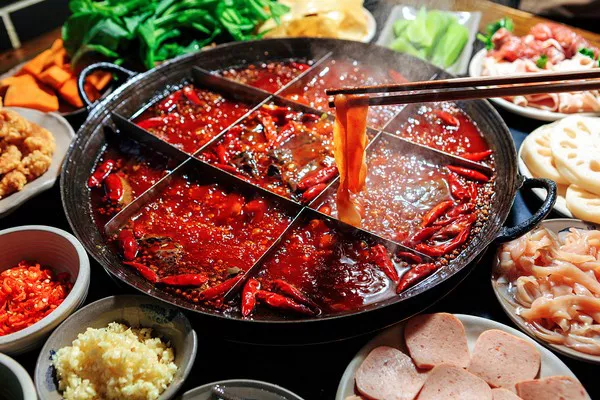China’s culinary heritage is a tapestry woven with a diverse range of cooking methods that have evolved over thousands of years. With a vast geographical expanse and a rich cultural mosaic, Chinese cuisine boasts an extensive array of flavors, textures, and cooking techniques. Each region of China has developed its own unique approach to preparing ingredients, resulting in a mesmerizing culinary journey. In this article, we embark on a delightful exploration of the popular cooking methods in China, uncovering the secrets behind the country’s delectable dishes.
Popular Cooking Methods in China
1. Stir-Frying:
Stir-frying is perhaps one of the most iconic Chinese cooking methods, renowned for its speed and ability to preserve the natural flavors and textures of ingredients. This technique involves cooking small pieces of meat, seafood, or vegetables in a hot wok with a small amount of oil over high heat. The rapid tossing and stirring ensure even cooking, while the wok’s intense heat imparts a characteristic smoky aroma to the dish.
Stir-frying is highly versatile, and a myriad of dishes can be created using this method. Some popular examples include Kung Pao chicken, beef with broccoli, and Sichuan-style stir-fried green beans. The key to successful stir-frying lies in the “wok hei,” or the “breath of the wok,” which is the elusive and prized smoky flavor achieved by skillful wok handling.
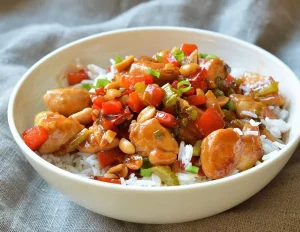
2. Steaming:
Steaming is a traditional Chinese cooking method that preserves the natural taste, color, and nutritional value of the ingredients. It is widely used for delicate seafood, fish, poultry, and vegetables. The process involves placing the food on a steaming rack or in a bamboo steamer and allowing hot vapor to circulate and cook the ingredients gently.
One of the most famous steamed dishes in Chinese cuisine is “dim sum,” a variety of bite-sized delicacies often served in bamboo steamers. From shrimp dumplings (har gow) to pork buns (char siu bao), these delectable treats showcase the artistry of steaming.
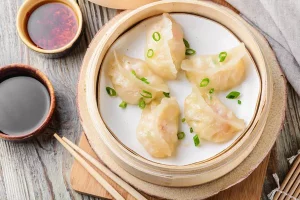
3. Red-Cooking (Hong Shao):
Red-cooking, also known as hong shao, is a classic Chinese braising technique that imparts rich flavors and a beautiful reddish-brown hue to the dish. The method involves simmering meat, usually pork belly or beef, in a seasoned liquid that typically includes soy sauce, sugar, and aromatic spices like star anise and cinnamon.
The slow cooking process allows the meat to absorb the flavors of the braising liquid, resulting in tender, succulent, and aromatic dishes. Red-cooked dishes are enjoyed throughout China, with variations found in regional cuisines. A well-known example is “hong shao rou,” a mouthwatering red-cooked pork belly dish that has become a symbol of Chinese comfort food.
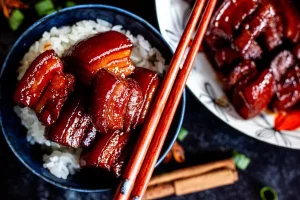
4. Deep-Frying:
Deep-frying is a popular Chinese cooking method that produces deliciously crispy and golden-brown dishes. It involves submerging ingredients in hot oil until they achieve a crunchy texture. While deep-frying is associated with indulgent treats like spring rolls, sweet and sour chicken, and crispy duck, it is also used for preparing everyday dishes, such as fried rice and fried noodles.
To ensure the dish remains light and not greasy, the oil must be at the correct temperature and the food must be properly drained after frying. Despite its indulgent reputation, deep-frying is a skillful art that requires precision and attention to detail.
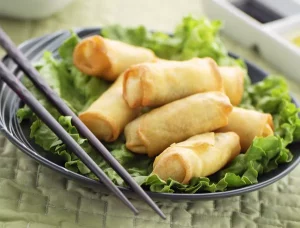
5. Boiling (Shuan Shui):
Boiling, or shuan shui, is a straightforward cooking method that involves submerging ingredients in water and gently cooking them until they are fully cooked. It is commonly used for preparing soups, broths, and hot pots, which are cherished for their nourishing and comforting qualities.
Chinese hot pot, in particular, is a beloved communal dining experience where a pot of simmering broth is placed at the center of the table, and diners cook an assortment of thinly sliced meats, seafood, vegetables, and noodles in the broth. Each morsel absorbs the flavors of the broth, creating a delightful and interactive meal.
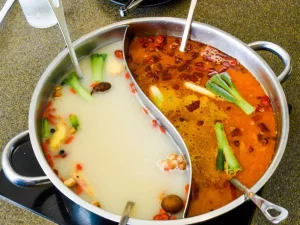
6. Roasting (Kao):
Roasting, or kao, is a cooking method that uses dry heat to create a beautifully caramelized exterior and rich flavors in the food. Whole animals, such as Peking duck and Cantonese roast pork (siu yuk), are often prepared using this technique. The dish is marinated with a blend of seasonings, herbs, and spices before being cooked in an oven or over an open flame.
Peking duck, with its crispy skin and succulent meat, is an epitome of Chinese roasting mastery. The dish is traditionally served with thin pancakes, sliced scallions, and hoisin sauce, allowing diners to wrap the tender duck pieces and savor the medley of flavors.
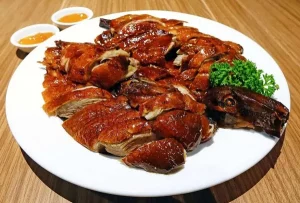
7. Smoking (Xun):
Smoking, or xun, is a lesser-known but distinctive Chinese cooking technique that imparts a delightful smoky aroma to ingredients. Traditionally, smoking was used to preserve and add flavor to meats, but it has evolved into a culinary art form. Duck, fish, and tofu are commonly smoked in China, infusing them with a unique and alluring fragrance.
In some regions, tea leaves, rice, or sugar are used to create the smoke that envelopes the food during the cooking process. The result is a delightful blend of flavors that captivate the senses.
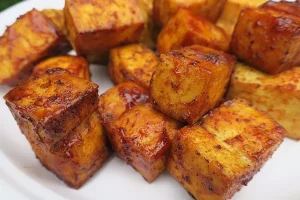
8. Scalding (Blanching):
Scalding, or blanching, is a quick and essential step in Chinese cooking that involves briefly submerging vegetables or meats in boiling water before further cooking them. The purpose of scalding is to retain the ingredients’ vibrant colors, remove impurities, and partially cook them, making subsequent cooking faster and more efficient.
Scalding is often used in preparing vegetables for stir-fries and hot pots. It also helps to enhance the presentation of the final dish, ensuring that the vegetables remain crisp, colorful, and full of flavor.
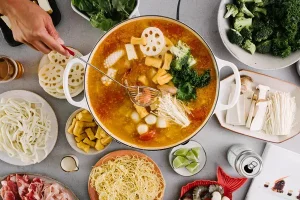
9. Pickling (Ya Cai):
Pickling, or ya cai, is a preservation technique widely used in Chinese cuisine to extend the shelf life of vegetables and add tangy flavors to dishes. Vegetables like mustard greens and radishes are salted and fermented to create pickles with a complex, savory, and slightly sour taste.
Pickled vegetables are used as condiments, added to stir-fries and soups, and used in noodle dishes, imparting a distinct and delightful taste to various Chinese specialties.
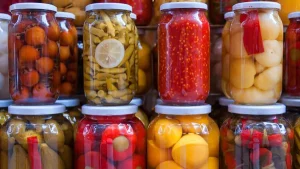
10. Braising (Hong Shao):
Braising, a slow and gentle cooking method, is employed to tenderize tougher cuts of meat and infuse them with deep flavors. Meat is first seared to develop a rich caramelized exterior, and then it is slowly cooked in a liquid, often with aromatic spices and soy sauce.
The process allows the meat to become fork-tender and soak up the savory goodness of the braising liquid. Popular braised dishes in Chinese cuisine include “dongpo rou,” a famous Hangzhou specialty featuring succulent braised pork belly.
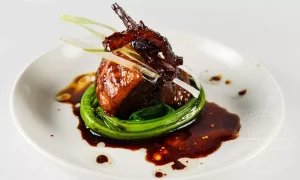
Conclusion
Chinese cuisine is a treasure trove of diverse and captivating cooking methods, each reflecting the country’s vast cultural heritage and regional diversity. From the rapid and fiery stir-frying to the delicate and nourishing art of steaming, each technique contributes to the culinary symphony that is Chinese cuisine.
The popular cooking methods in China not only showcase the country’s culinary prowess but also demonstrate the artistry and ingenuity of Chinese chefs in creating dishes that delight the senses and warm the soul. By understanding and appreciating these cooking methods, we gain a deeper appreciation for the rich tapestry of flavors that define Chinese gastronomy and the enduring legacy of a culinary tradition that has stood the test of time.

